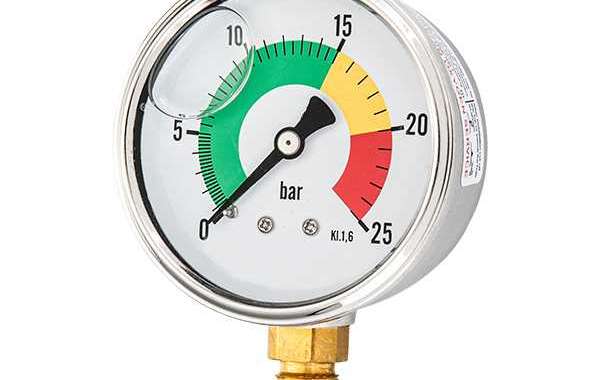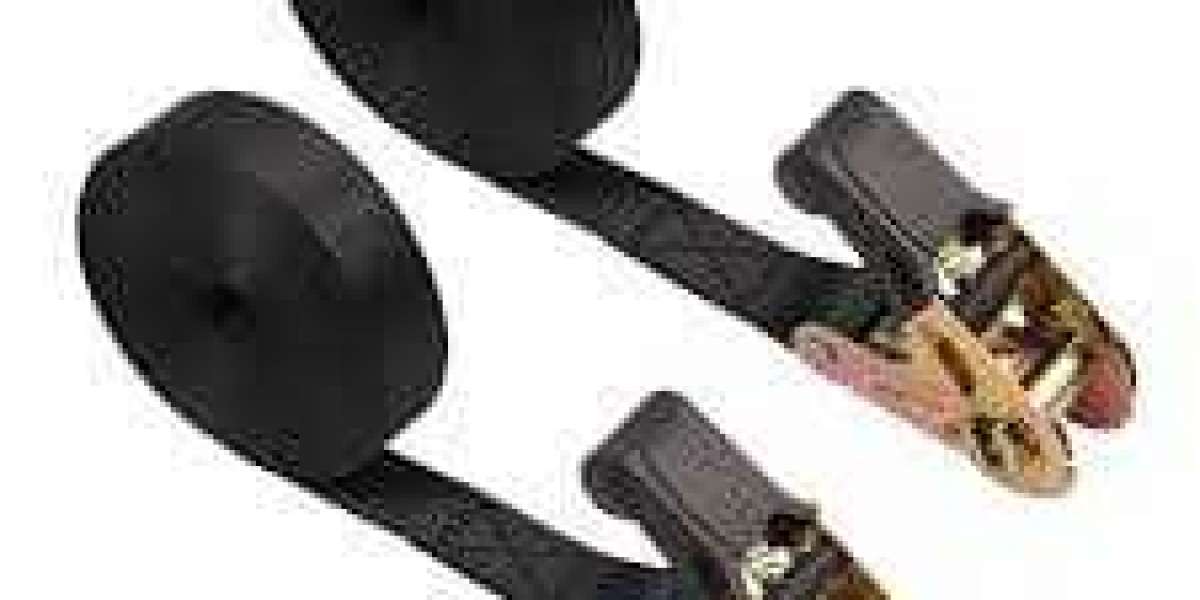Why use glycerin for pressure gauges?
Glycerin is the most commonly used liquid in liquid-filled meters. The glycerine-filled manometer is a good value for money and can provide good damping effects for applications at room temperature. These meters work well at temperatures between -4°F and +140°F (-20°C and +60°C).
Other liquids used in pressure gauges
Even at very low temperatures, silicone oil and other similar oils have a lower viscosity; therefore, the silicone-filled pressure gauge is more suitable for applications with drastic temperature changes, especially in colder climates and possible freezing conditions. . Their operating temperature ranges from -40°F to +140°F (-40°C to +60°C).
Halocarbon-filled meters are more suitable for applications involving oxidants such as chlorine, oxygen, and hydrogen peroxide. They work in the same temperature range as the Glycerine filled manometer, that is, from -4°F to +140°F (-20°C and +60°C).
e temperature range as the Glycerine filled manometer, that is, from -4°F to +140°F (-20°C and +60°C).







